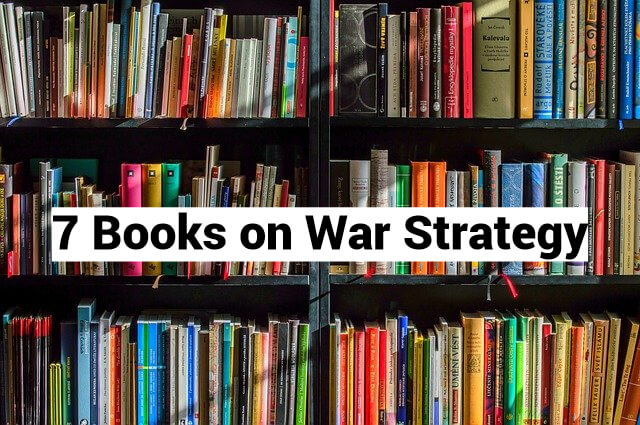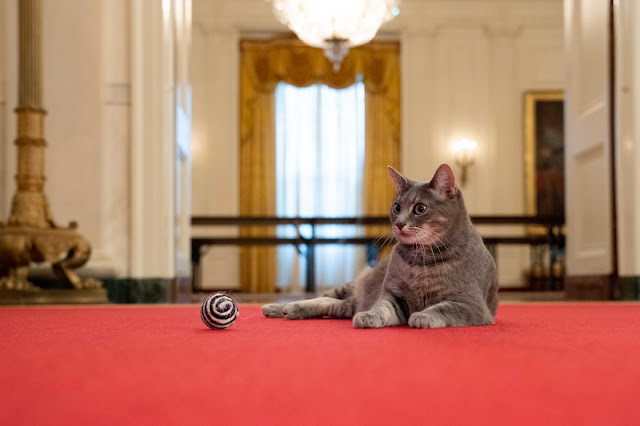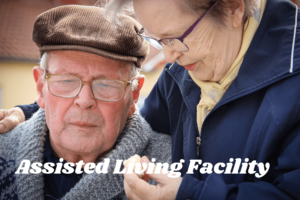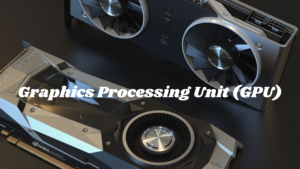Mahatma Gandhi – The Story of Indian Father of The Nation
Mahatma Gandhi, born Mohandas Karamchand Gandhi, is
also called Bapu or Rashtrapita or father of the nation due to the significant
role he played in India’s struggle for Independence. Subhash Chandra Bose first
called him Rashtrapita while it was Nobel laureate Rabindranath Tagore who called him Mahatma. Due to his and other freedom fighters’ effort, India
got independence from the British on 15 August 1947. Let us know Mahatma
Gandhi’s brief biography.
Birth
Mahatma Gandhi was born on 2 October 1869 at Porbander
in the Indian state of Gujarat.
His father’s name was Karamchand Uttamchand Gandhi.
His mother’s name was Putlibai Gandhi.
Education
No biography of Mahatma Gandhi would be complete
without knowing about his education. Mahatma Gandhi did his schooling in
Ahmedabad. He got his high school education from there. Then he got admission
to Samaldas College in Bhavnagar State but he soon dropped out. Then Gandhi
enrolled himself at University College, London, affiliated with the University
of London where he studied law and jurisprudence.
Family
Mahatma Gandhi was married to Kasturba Gandhi. The
couple had four children named Harilal, Manilal, Ramdas and Devdas.
Mahatma Gandhi in Africa
After completing his law degree Gandhi worked as a
civil rights activist in South Africa from 1893 to 1914. In South Africa, he
faced discrimination based on his skin and color. He was allowed to sit in a
train coach. In another incident, he was thrown in a drain for walking near a
house. In a separate incident, he was thrown out of a train at Pietermaritzburg
station when he refused to vacate the first-class compartment of the train. He
decided to protest and was allowed to board the train again.
Discrimination with him didn’t end here. A magistrate
of a Duran court asked to remove his turban but Gandhi said no to this. At that
time Indians did not have permission to walk on the public footpath. When
Gandhi was walking on a public footpath a policeman threw him out without
warning. His efforts helped unite Indians in South Africa as a pollical force.
In 1906, Mahatma Gandhi protested the Transvaal
government act that demanded compulsory registration of the Indian and Chinese
population. His protest was based on Satyagraha and non-violence. Apart from
that, he took part in several small and big protests in South Africa where the
Indian community was involved.
Mahatma Gandhi and Indian Freedom Struggle
After the return from South Africa, Gandhi got
associated with the Indian freedom struggle.
He joined Indian National Congress and was given an overview of India’s
political system and issue by his mentor Gopal Krishna Gokhale. He took part in several movements. These
movements are an inseparable part of Mahatma Gandhi’s biography.
Here is the
list of major movements Mahatma Gandhi took part in.
- Champaran
Agitations - Kheda Agitations
- Khilafat Movement
- Non-co-operation Movement
- Salt Satyagraha
- Quit India Movement
Besides, he was also part of several negotiations and
conferences related to India’s independence from British rule.
Death
On 30 January 1948, Nathuram Godse killed Mahatma
Gandhi when he was going to address a prayer meeting at Birla House in Delhi.
The place (Birla House) where Gandhi was killed has been named Gandhi Smriti.
As per an estimate around 15 lakh, people were on the streets when Gandhi was
taken to cremation at Raj Ghat. A large number of leaders from around the world
sent their condolence on his death.







